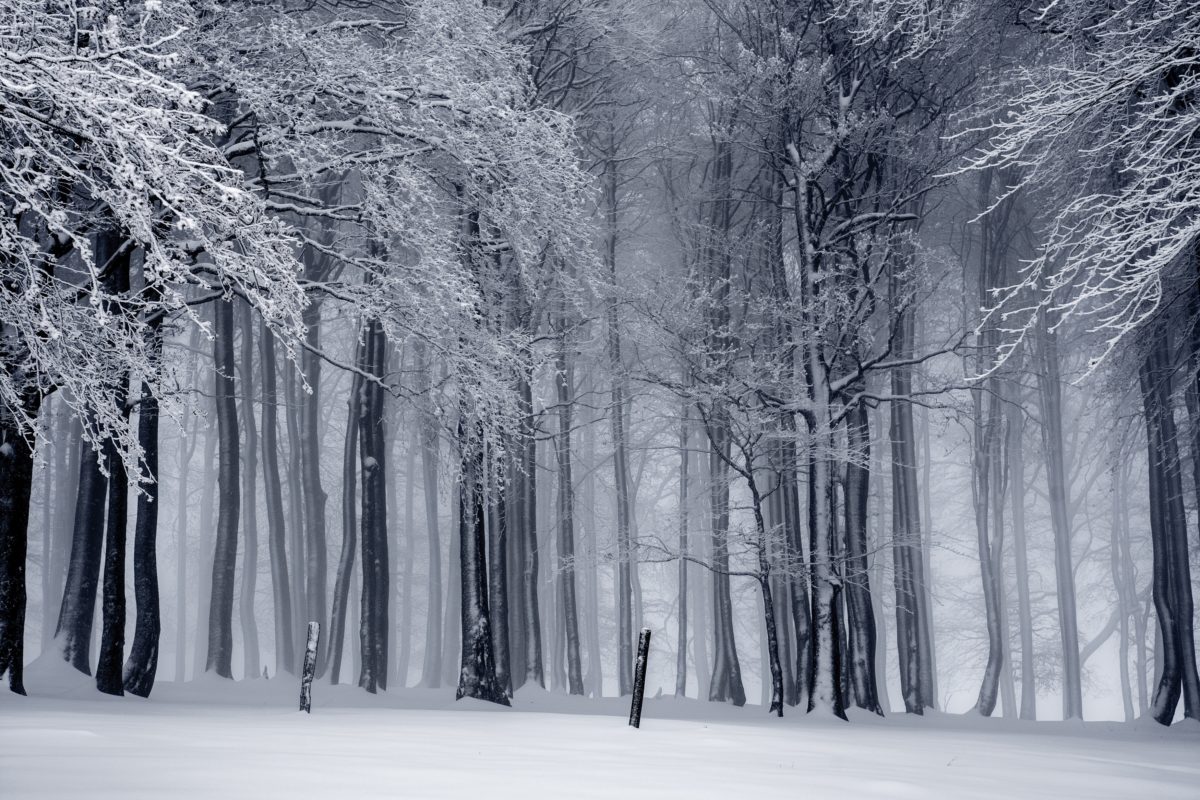Hello January with your cold, long days and less light than we are used to. Are you over yet?!
Many people start the calendar year with a lot of hope for a fresh start, only to hit what feels like quicksand when it comes to motivation and activity. You may have heard the mental health term, “seasonal affective disorder” or “SAD” mentioned as a possible culprit. So, what is SAD? How and why does it affect people? Can it be to blame for a lack of energy, motivation, and soured mood? Let’s check it out.
What is Seasonal Affective Disorder (SAD)?
SAD is a mental health diagnosis referring to seasonally-affected symptoms of depression. These symptoms may include feeling down when there is less daylight, loss of interest/enjoyment, sleep difficulties, low energy, “moodiness” or irritability, difficulty concentrating, or even thoughts of suicide. The “overs” are also common with SAD, overeating, oversleeping, and over-isolation.
SAD, as a formal diagnosis, affects only a small percentage of the population. But, like many mental health disorders, less severe forms can affect many more people who may find themselves wondering why they feel differently during the late fall and winter months.
What Causes SAD?
The science behind SAD is not completely clear, despite decades of research. It is interesting to note that the number of people who struggle with SAD increases the further away they live from the equator. This correlates with findings that SAD symptoms are tied to the amount of sunlight we get in a day. Additionally, shortened daylight hours are known to affect two different hormones, melatonin and serotonin. Melatonin is a hormone that affects our sleep-wake patterns, while serotonin is a neurotransmitter tied to our mood. While none of the research is conclusive, the winter changes in daylight seem to change the way our body experiences these two hormones, thus affecting our mood and sleep patterns.

There is also a biological tie that appears to exist between SAD and those who already suffer from other mental health disorders such as bipolar disorder and depression. Those who are already having a difficult time may be more susceptible to the factors that influence SAD. It is also more likely to affect women than men.
Recommendations for Treating SAD
While we can’t control the amount of sunlight shining on our little patch of earth, there are things we can do to help cope through these months. The most common recommendations for SAD are light therapy, talk therapy (meeting with a counselor), being active, and maintaining social connections despite a common desire to isolate.
Light therapy is helpful for some people. However, it is not commonly covered by insurance and the products available are not always high quality as they are not regulated by the FDA. For those wanting to consider a lightbox, consider these recommended by the Yale School of Medicine’s Winter Depression Research Clinic.
In addition to light therapy, the other recommendations are aimed at getting you connected to others rather than hiding away until the sun comes out. Meeting with a professional counselor can be helpful for a lot of reasons, and having that appointment set to meet with someone online or in-person can help regulate these days and provide a place for you to share difficulties. And, despite how hard it is to bundle up and get out, it can help your mood and sleep tremendously if you continue to remain active and socialize with others even in these cold months.

SAD, in its most severe form, can severely debilitate someone’s life and may require medical and/or therapeutic intervention. However, even those who struggle less severely with “winter blues” can benefit from recognizing the symptoms and taking steps to be proactive about their mental, physical, and emotional health as they wait for that spring sunshine to arrive. Take back your winter experience now with some of these tips. The sunshine will be back soon!
January 31, 2023. By Anne Rulo, Author, Speaker, Therapist. www.annerulo.com. FB/IG/Twitter @annemrulo
